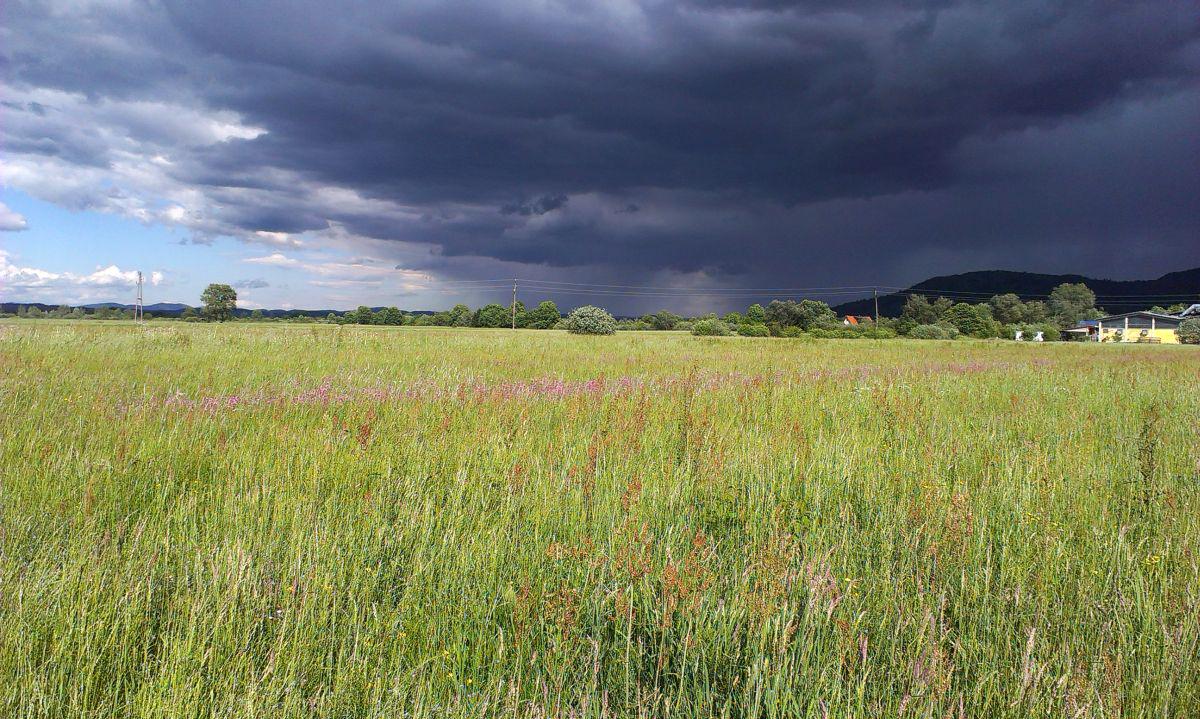
Just a few kilometers from the heart of Slovenia’s capital, visitors can find a landscape of seemingly unspoiled nature – a water-rich sanctuary for birds, butterflies, deer, and other wildlife. These are the Ljubljana Marshes, parts of which have recently been preserved and are now being discovered by an increasing number of visitors.
The Marshes have always been connected to the city. In fact, the first ancient inhabitants of the area established their homes above the marshes. The so-called "pile-dwellers" built shacks above the water on vertical poles known as piles. Relatively little is known about this Bronze Age community; archeologists believe that the inhabitants were hunter-gatherers and that they lived in the Ljubljana Marshes roughly between 4500 and 1800 B.C.
In later years, the role of the Marshes became more marginal. Even when Roman town of Aemona thrived on the territory of modern-day Ljubljana, the wetlands to the south of the settlement remained mostly in their natural state.
It wasn’t until the Enlightenment that the first plans for the Marshes to be tamed were proposed. In an era when man’s conquest of nature was seen as a virtue, administrators began to advocate the draining of the wetlands in order to increase the amount of farmland around the capital. In the 18th century, the Empress Maria Theresa ordered the construction of a canal that hastened the draining of marshland, and authorities began to offer incentives for anyone wanting to build their homes on the Ljubljana Marshes. Meanwhile, more and more peat was being extracted and used for fuel.
Some of the consequences of this intervention were positive: The changes made once-frequent floods in Ljubljana much rarer. However, they also profoundly changed the local ecosystem by drastically reducing the amount of true wetlands. Worse, the process of draining the Marshes continued well into the second half of the 20th century.
Slowly, however, attitudes to the natural world began to change. In recent decades, authorities have decided to leave the remaining marshland in its natural state, and in 2009, much of the area was declared a nature reserve. It encompasses several areas of wetlands as well as man-shaped landscapes such as fields and hedges.
Several trails, equipped with signs, now guide visitors on a tour of nature in all its bounty. In addition to a wide range flowers, no fewer than 89 varieties of butterflies make their home in this ecosystem, as do approximately 50 species of dragonflies. Approximately 70 percent of all species of amphibians found in Slovenia live in the Ljubljana Marshes. Deer, otters, and even the endangered lesser horseshoe bat are also commonly seen here.
The uniqueness of the area has been recognized by the EU, which has included the Ljubljana Marshes as a part of its Natura 2000 program, while the remains of ancient pile dwellings have received UNESCO World Heritage protection. After many centuries of change, the future of this unique ecosystem just a short walk from a European capital finally seems assured.

































































